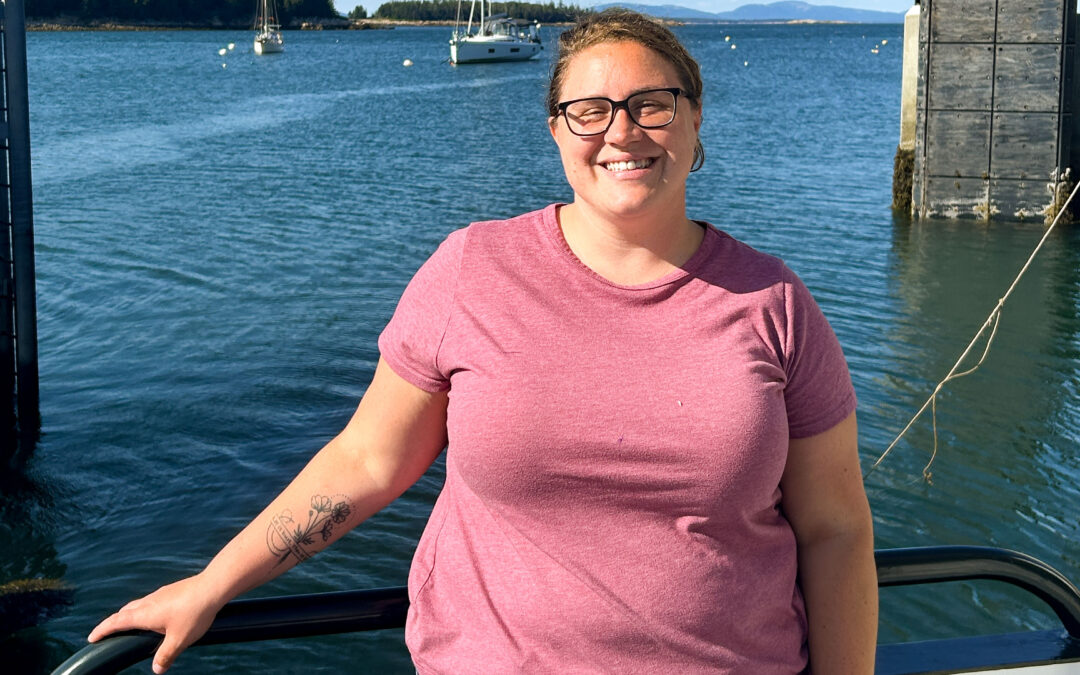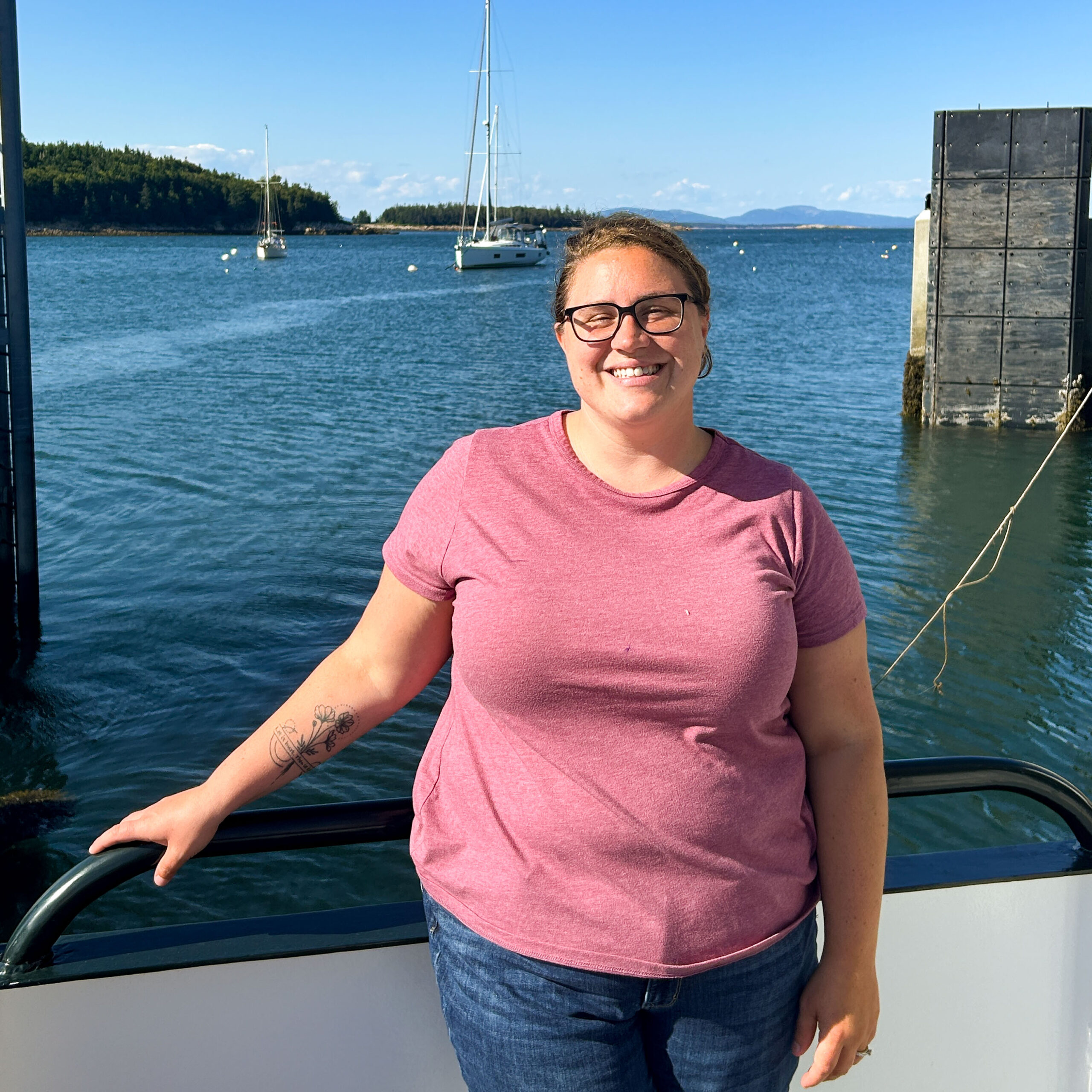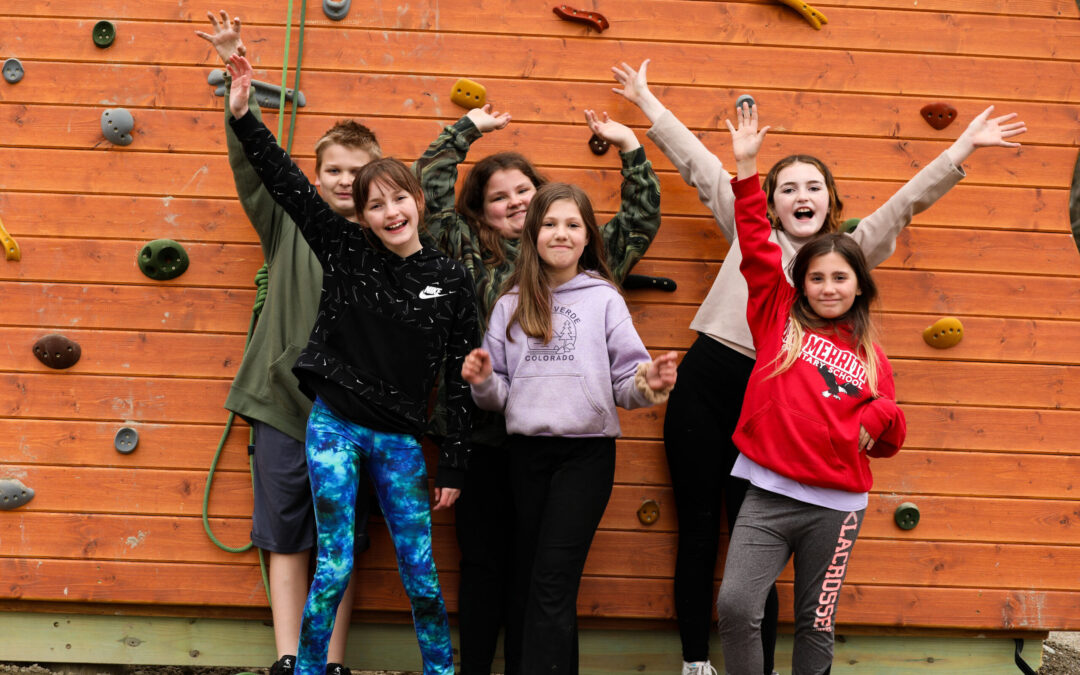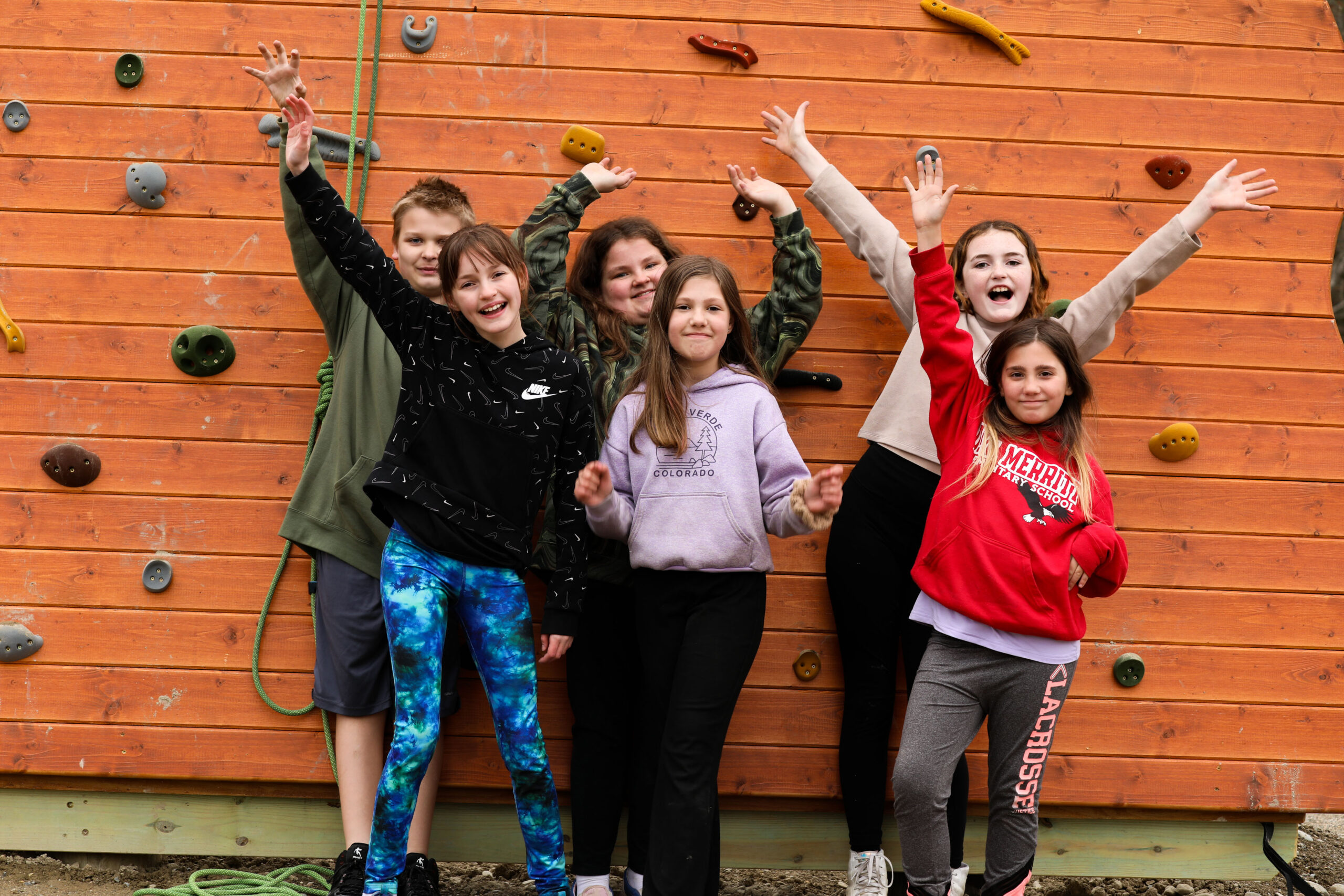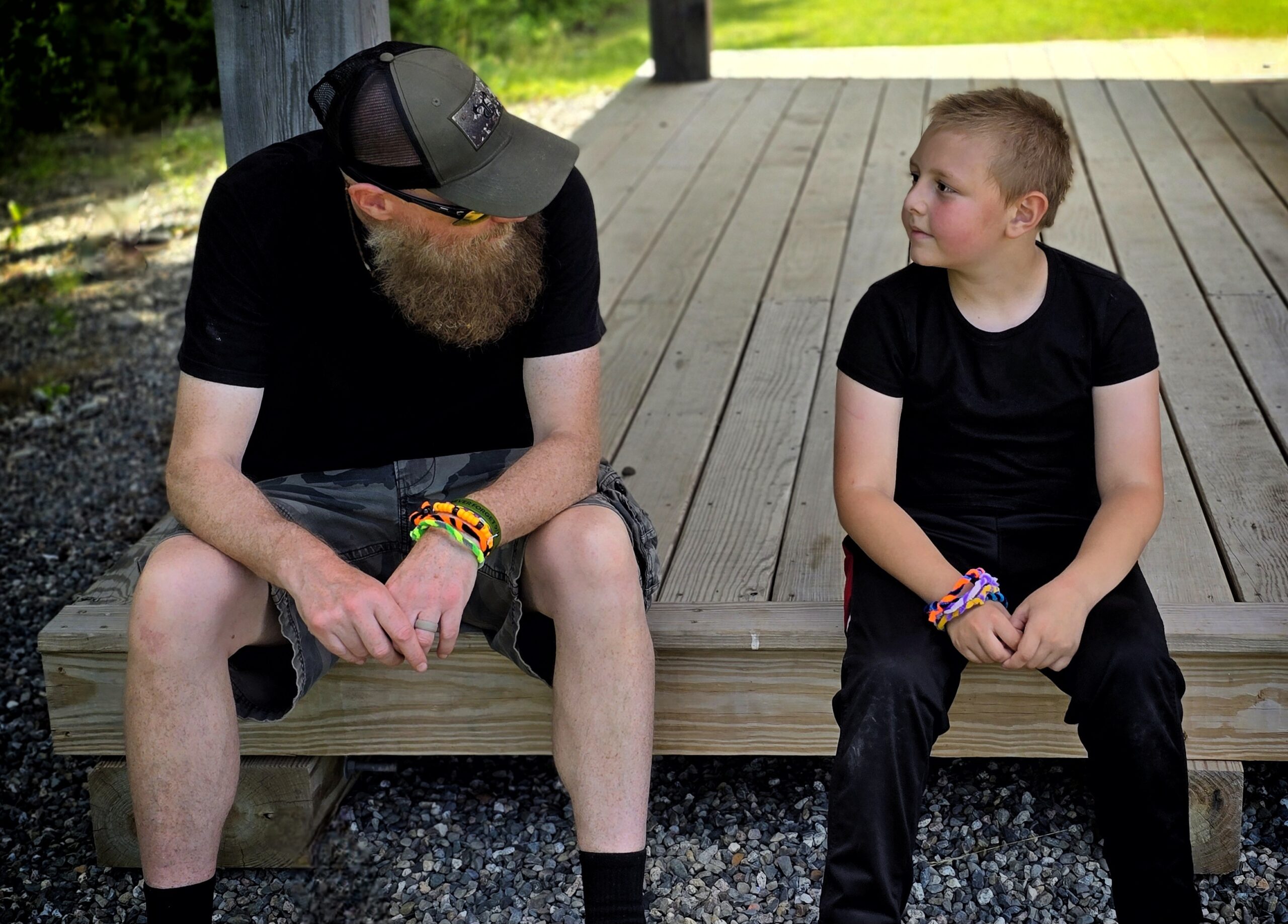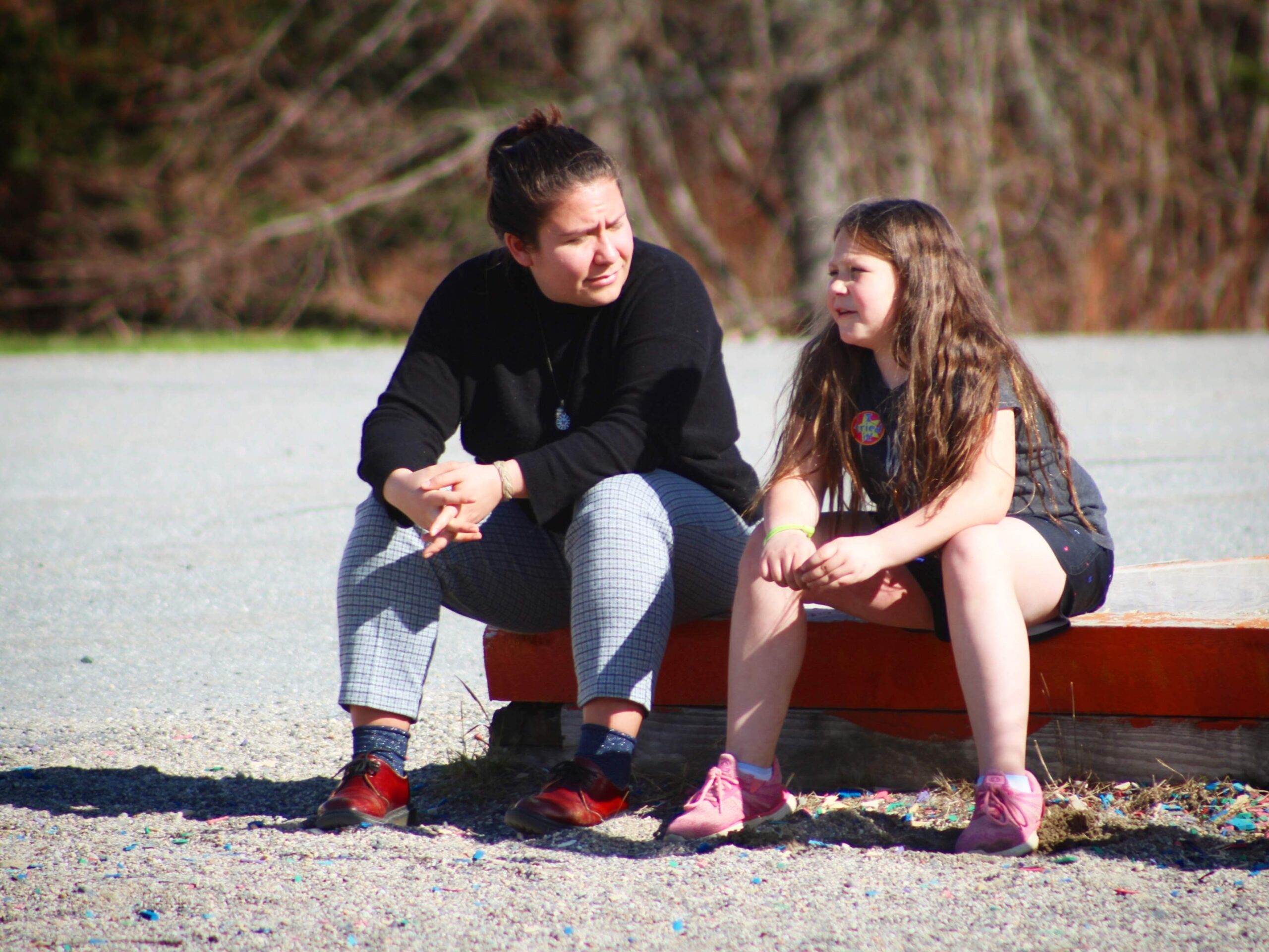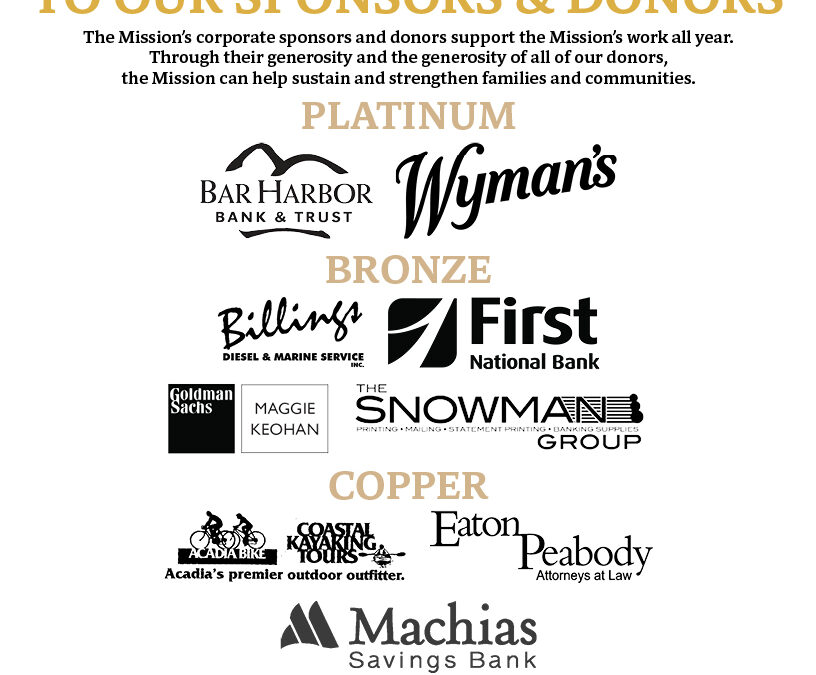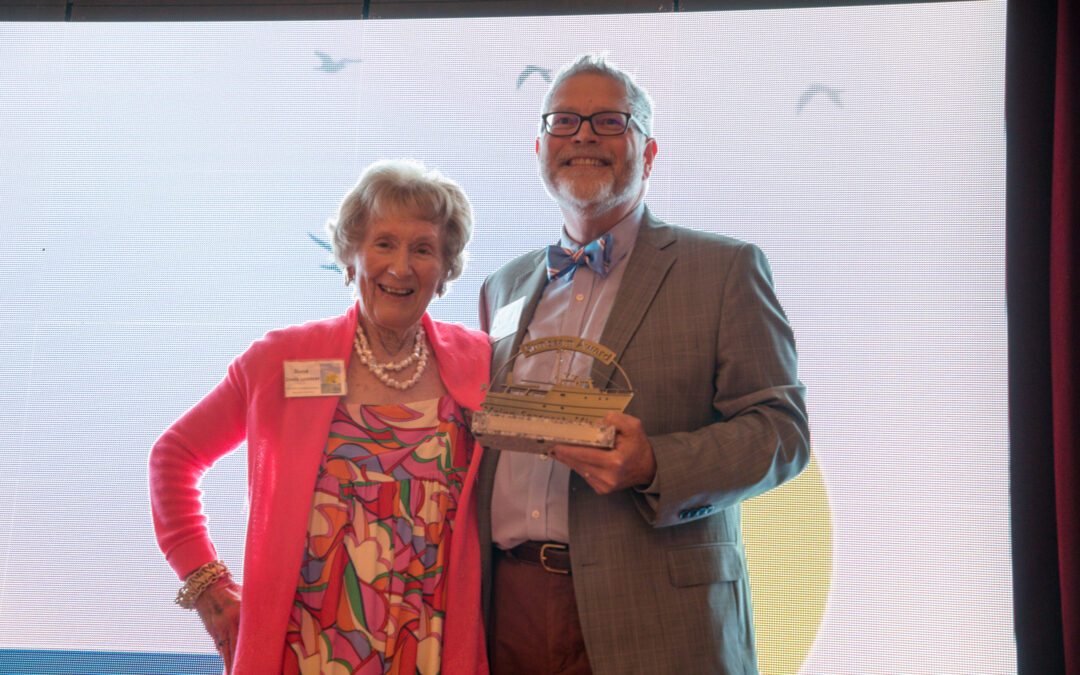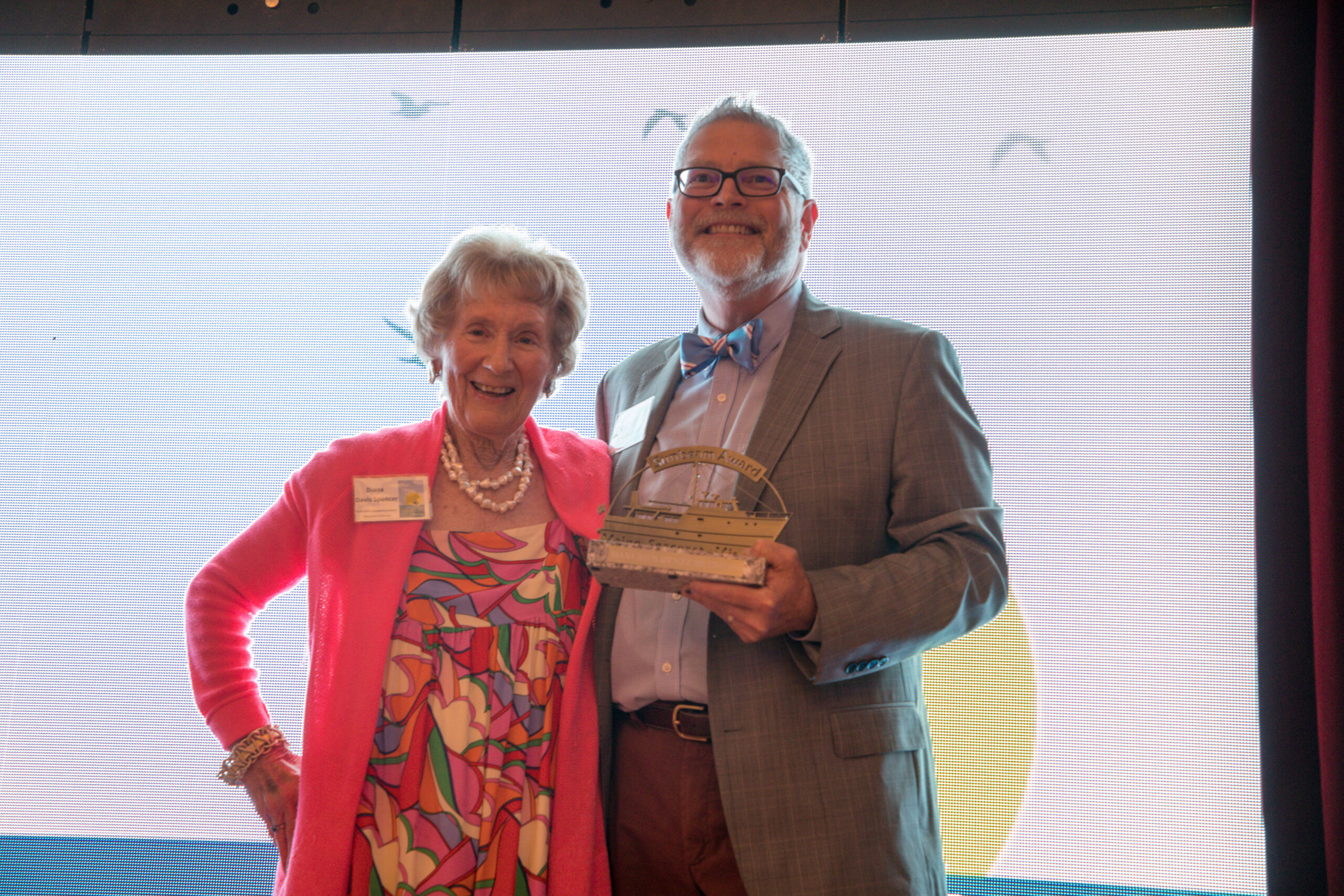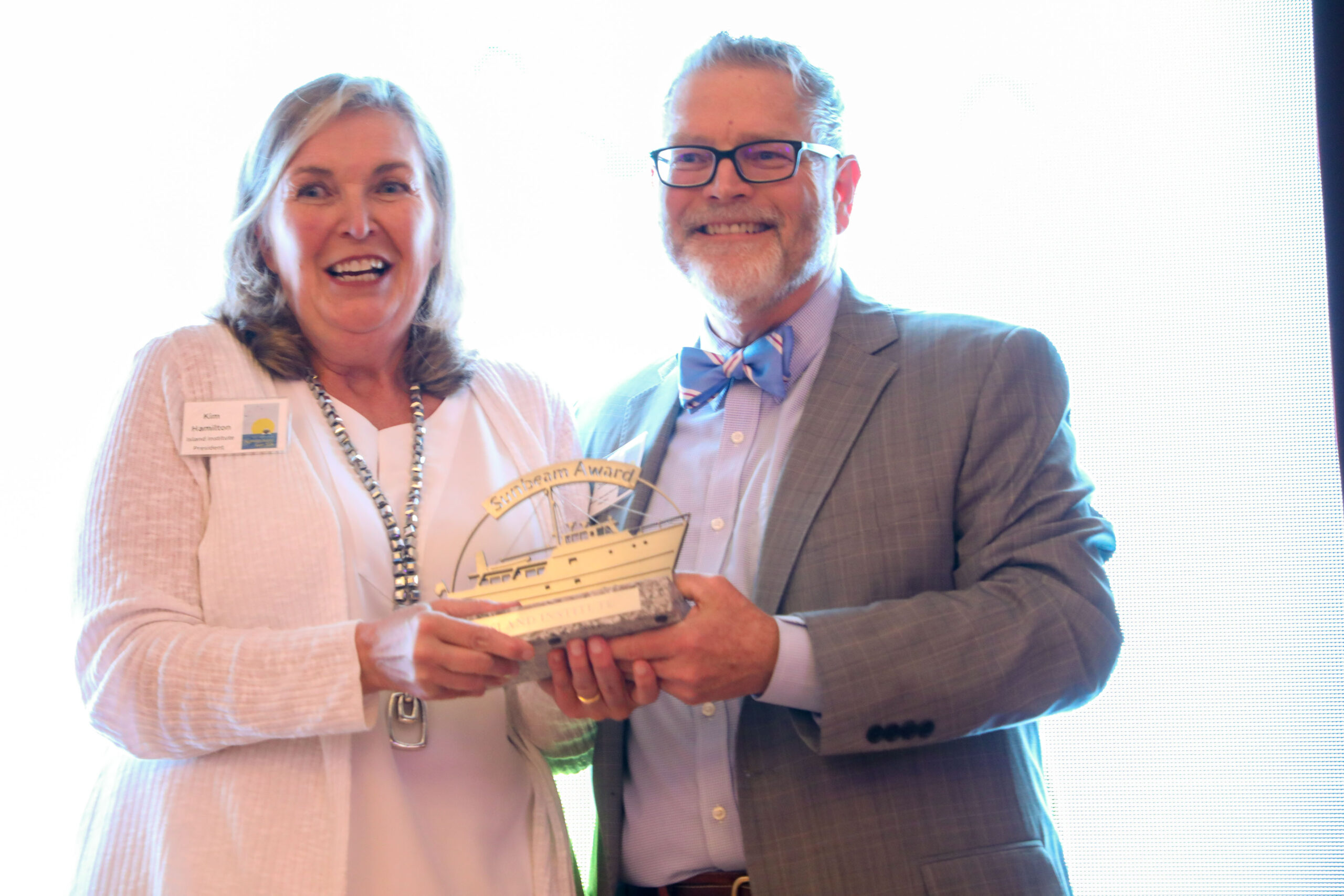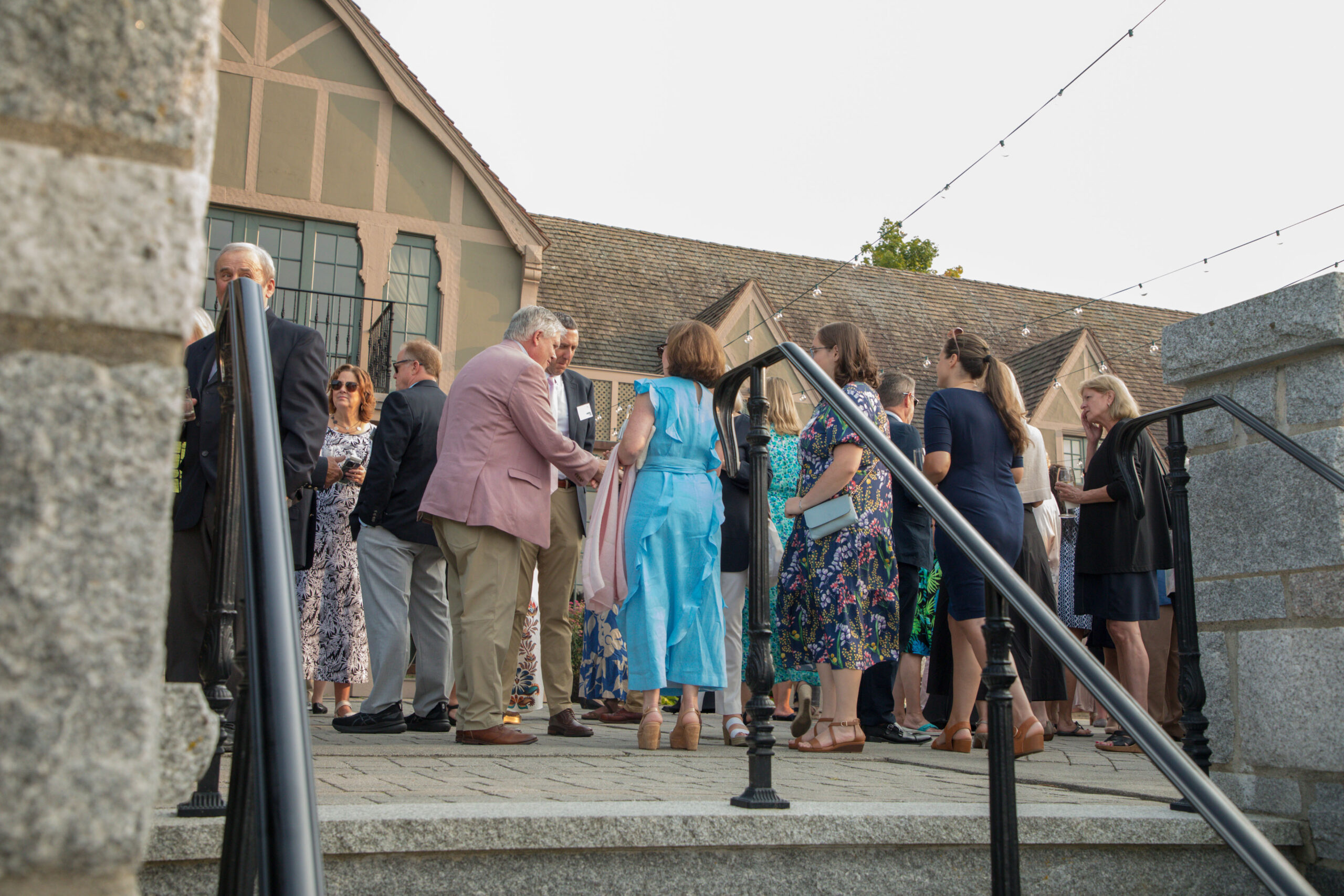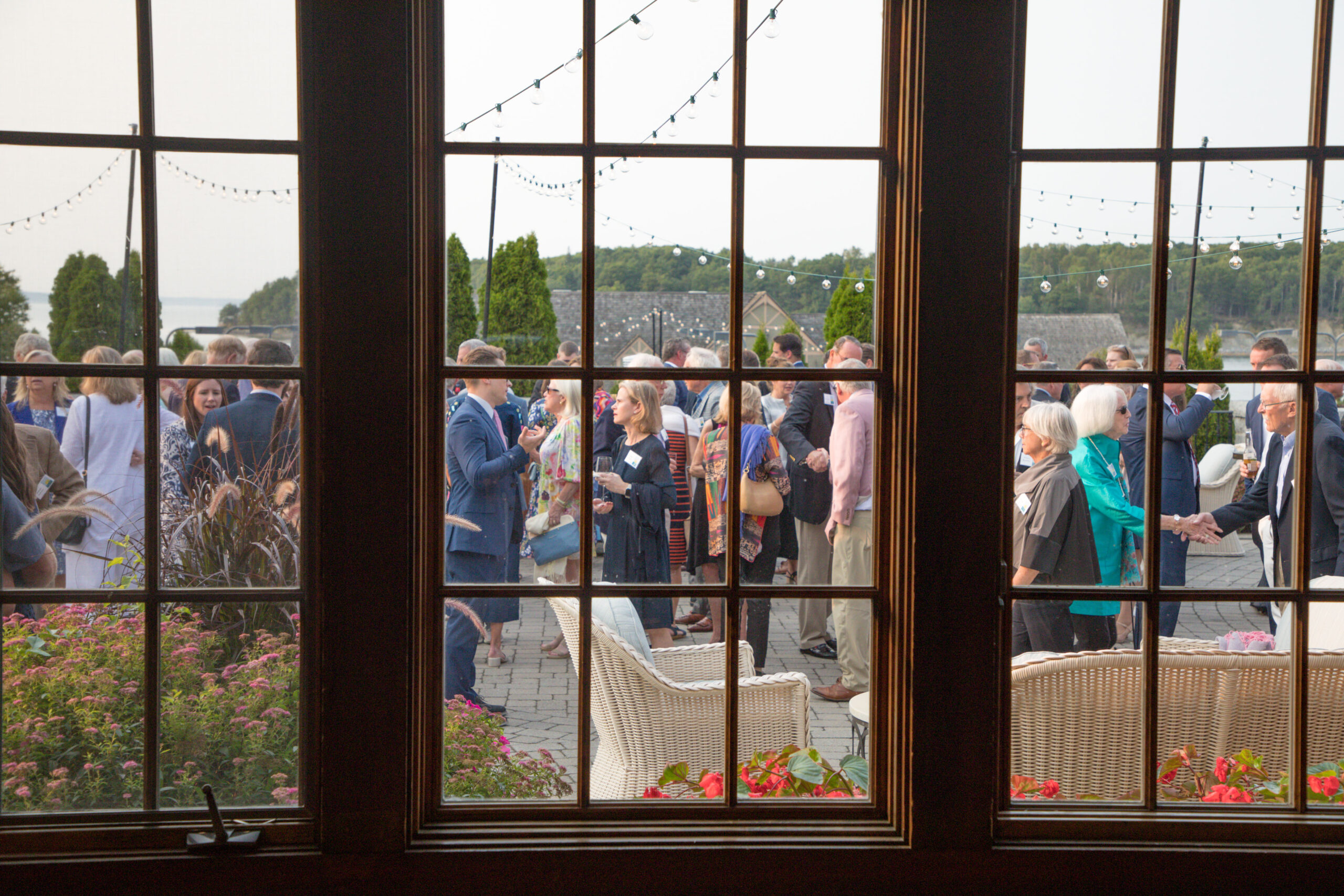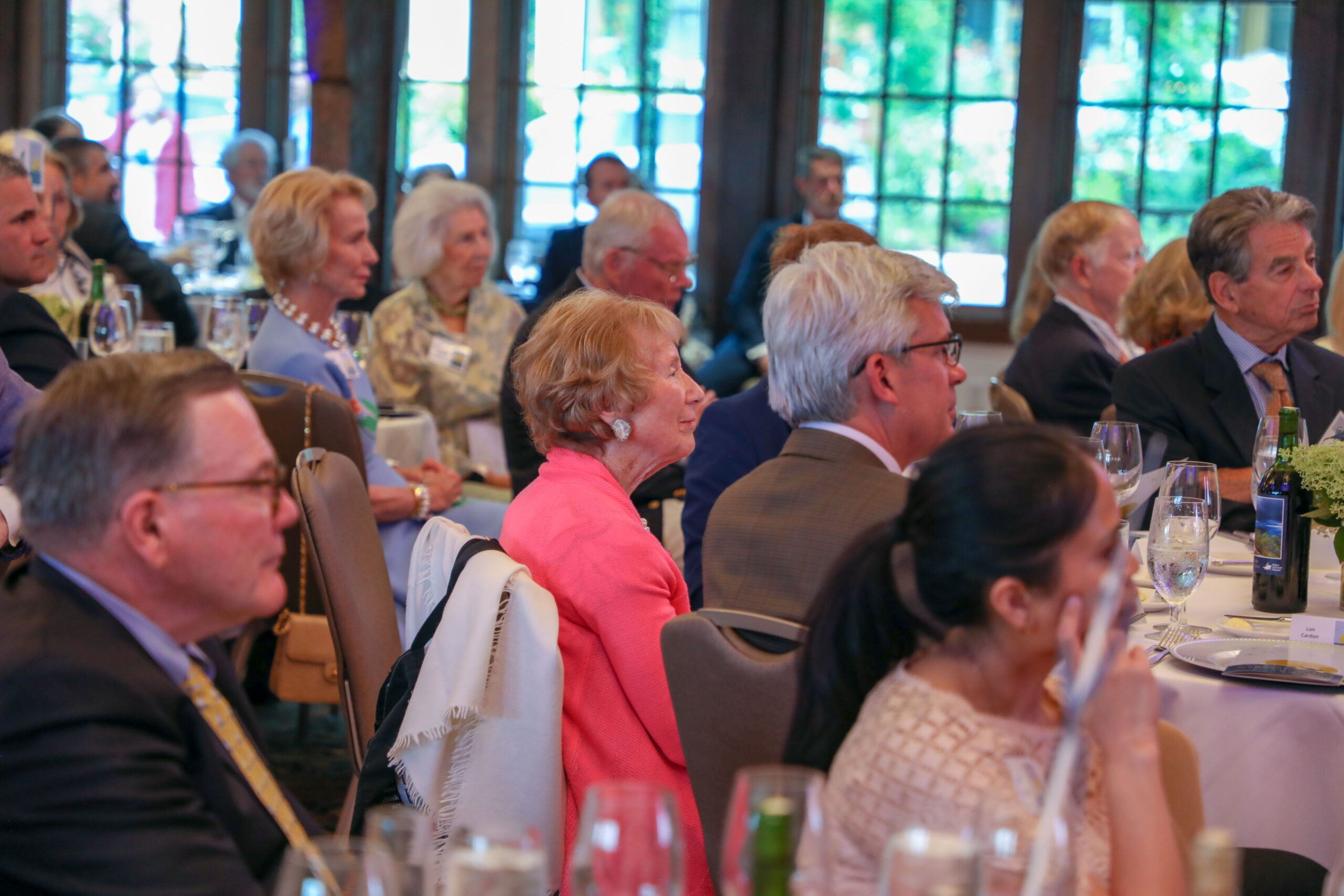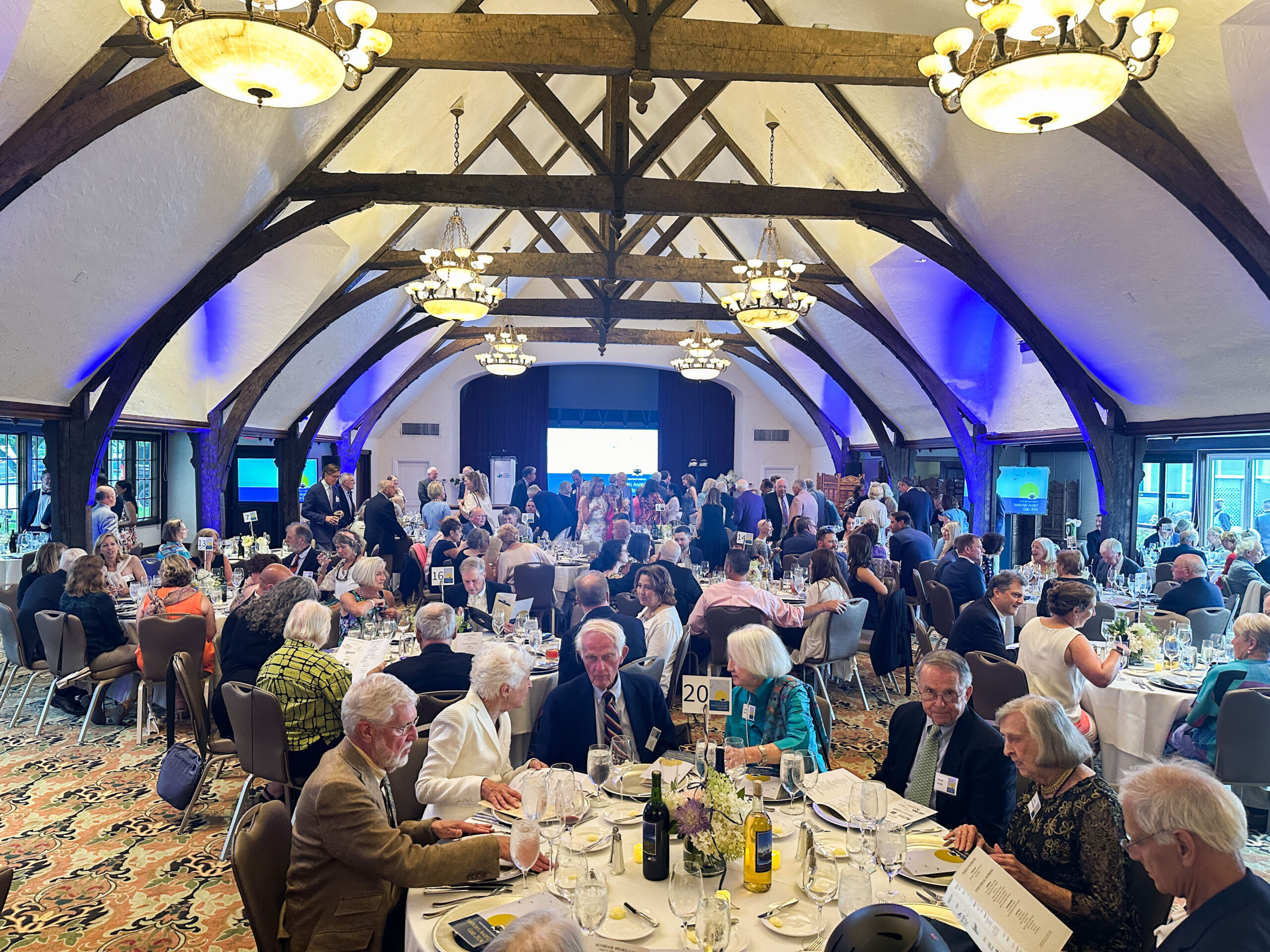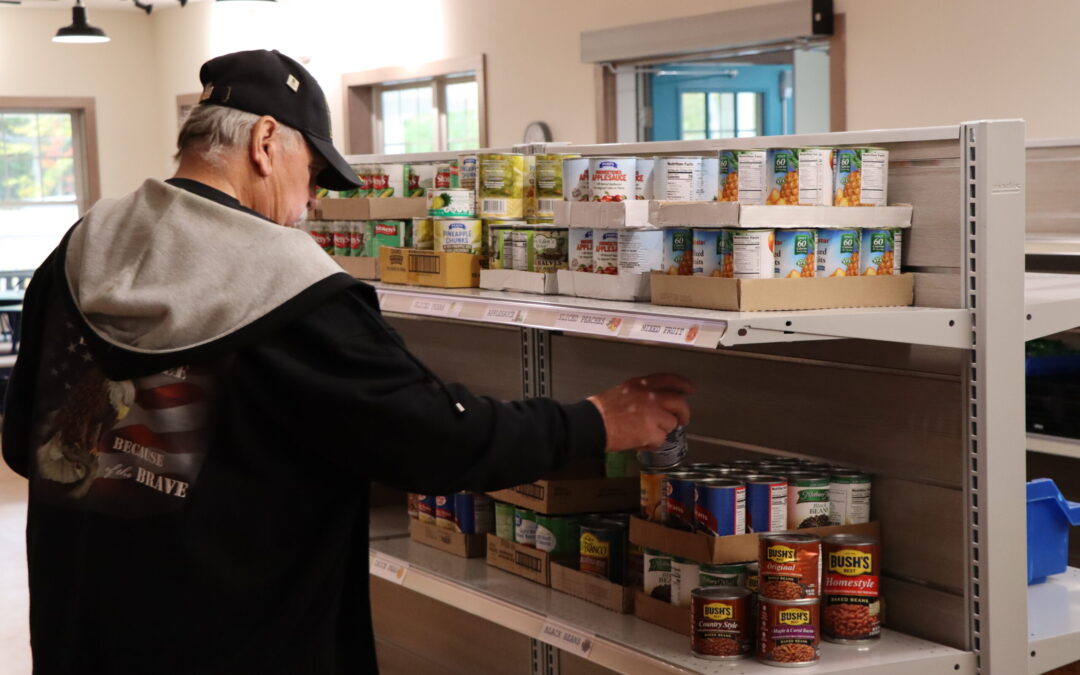
On the Downeast Campus Volunteers Make a Difference
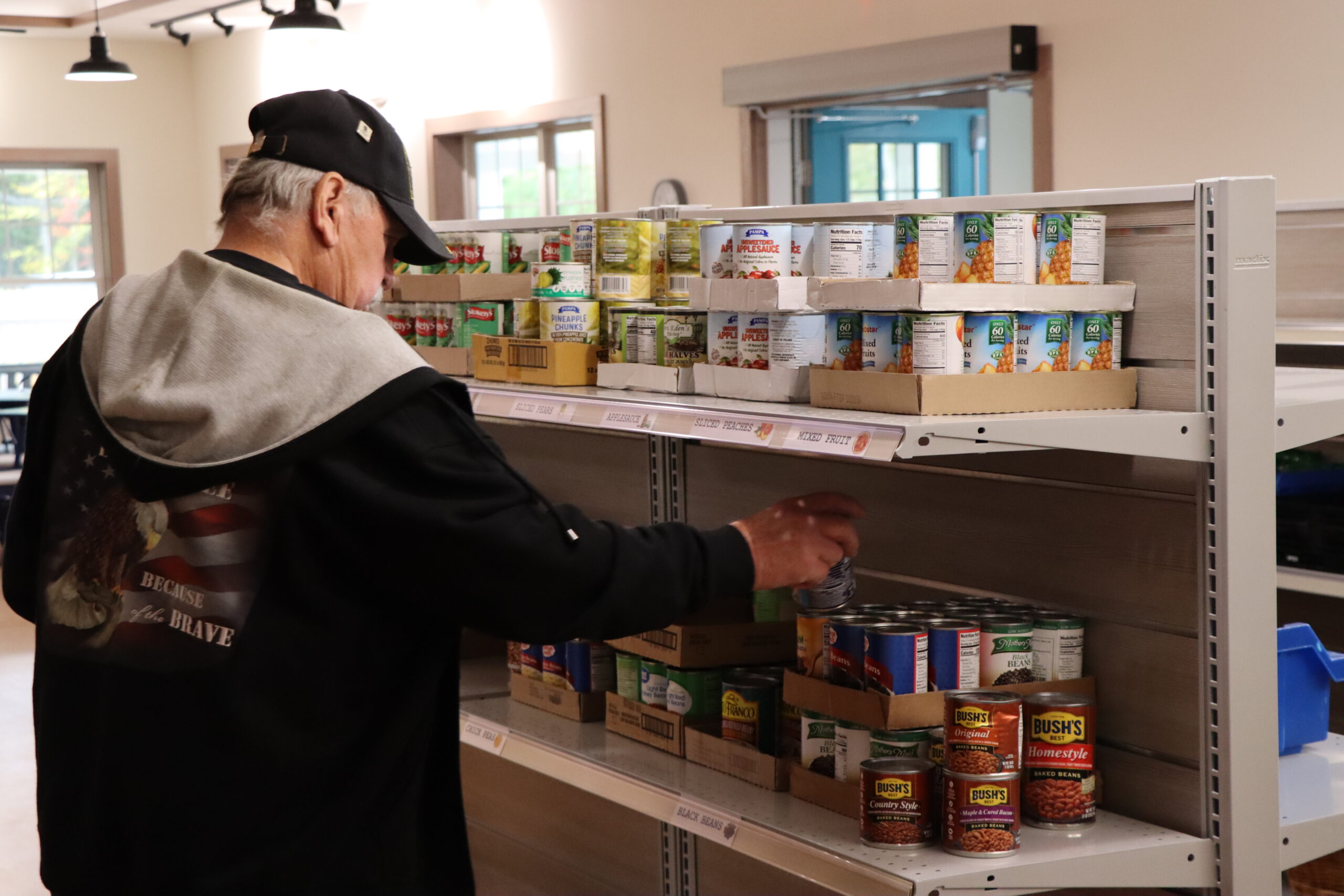
Hundreds of people visit the Mission’s Downeast Campus in Cherryfield each week. Some of these visitors include seniors utilizing the food pantry, kids climbing on the challenge course as part of EdGE, people with their dogs taking walks on some of the trails, and families enjoying a meal as part of the Downeast Table of Plenty. At the heart of this community is a group of volunteers working to support the Mission staff and programs and make the campus a more welcoming place.
Around a dozen volunteers help at the pantry every week. They stock the shelves, pick up food from retail partners, greet neighbors as they come in the door, and so much more. On a busy day, it is common to see volunteers helping to put food out while chatting with neighbors and friends. Volunteers also make deliveries to those who cannot physically make it to the Mission, driving as far away as Machias to make sure people have what they need. “Our community is truly blessed to have such a caring group of volunteers in the pantry. They perform many tasks from culling produce and picking up store donations to cleaning and delivering,” says Stacy Openshaw Food Pantry Coordinator. “We couldn’t reach as many people as we do without the help of our volunteers.”
Your gift to the Maine Seacoast Mission makes you part of all we do.
These pantry volunteers make up part of a small, dedicated core of volunteers that are regulars on the campus. They often volunteer for multiple Mission programs and at other organizations in the Downeast community.
When the Mission put out a call for volunteers for a campus clean-up day to do work on the roughly two miles of trails earlier this fall, many of these same volunteers also signed up to do this work.
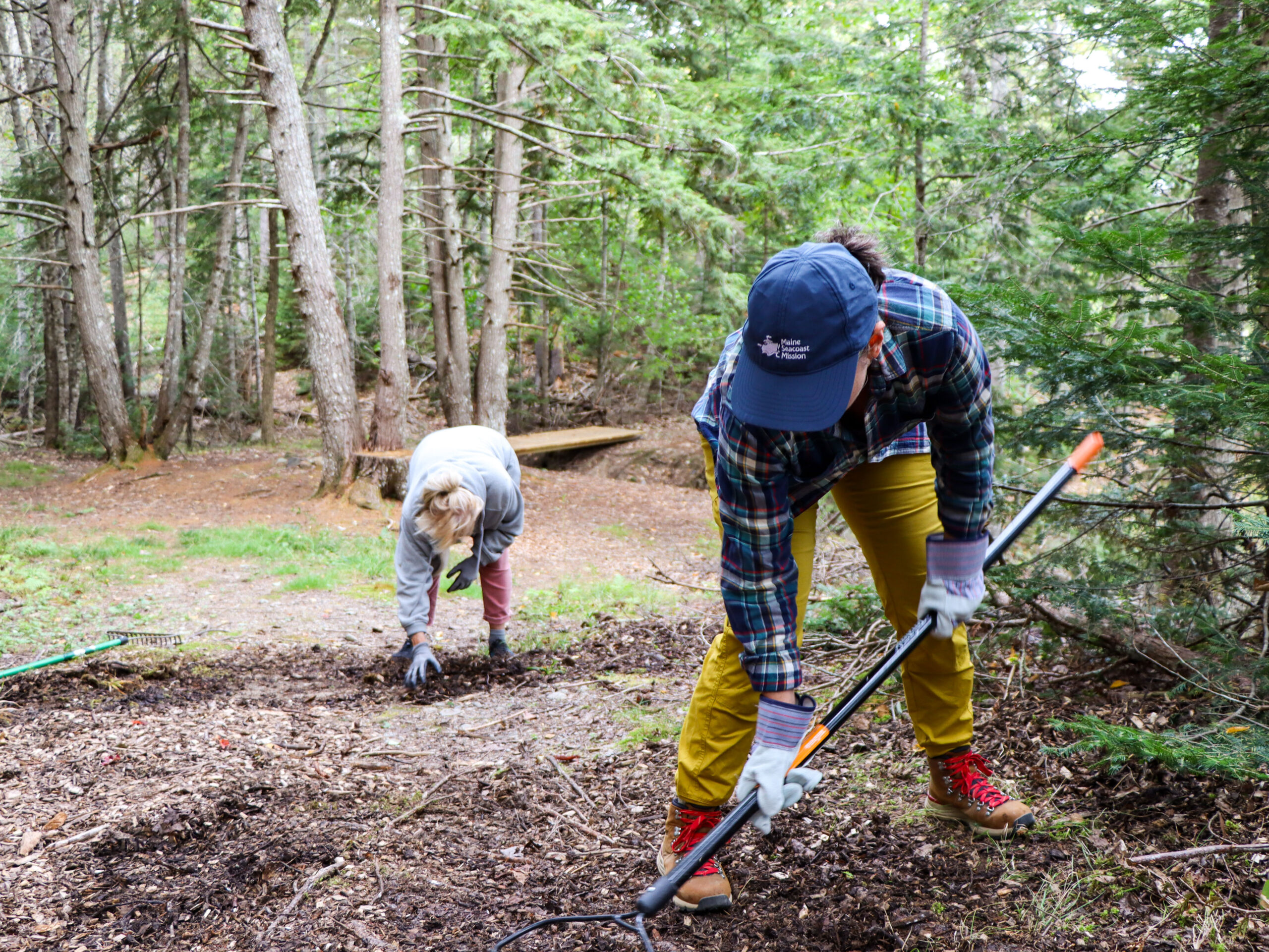
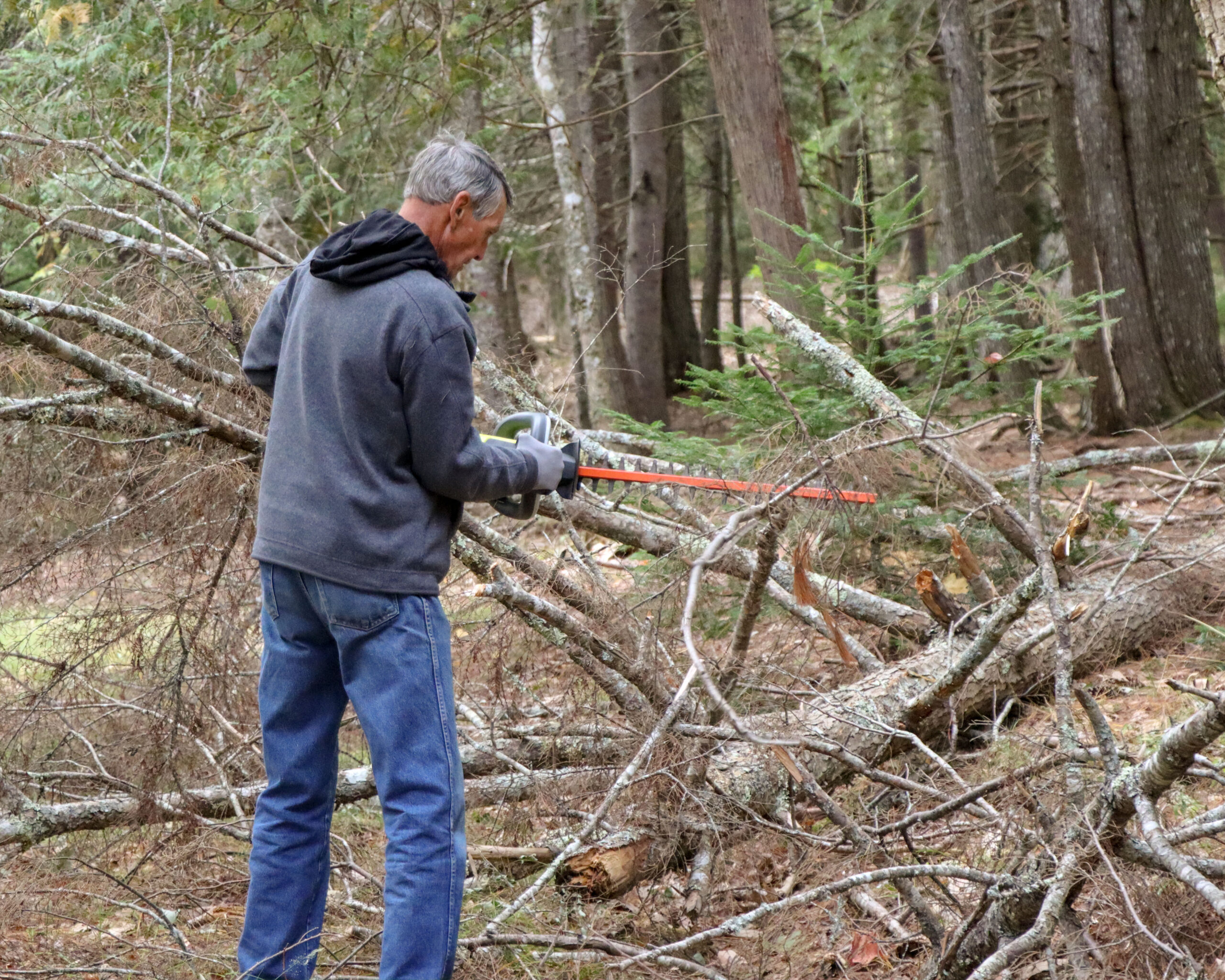
Many community members use these trails daily and the EdGE and Journey programs often use them during their programs. However, there had not been a large-scale effort in recent years to clean the debris on the trails, making them overgrown and hard to navigate. With chainsaws, rakes, and loppers in hand, they cleared downed trees and branches, raked wood chips, and cleaned up overlooks.
Without the support of the volunteers, many of these smaller projects may be harder to do, if not impossible. “Volunteers are extremely important to the work we do at the Mission,” explains Downeast Director Jenny Jones. “They provide not only a lot of time and energy but also build community with those we are serving.”
One Mission program that heavily relies on volunteers is the Christmas Program which provides thousands of gifts to individuals and families in Downeast and coastal Maine. Volunteers help sort, pick, wrap, and deliver gifts throughout October, November, and December. If you are interested in volunteering for any Mission program, please fill out this form on our website.

